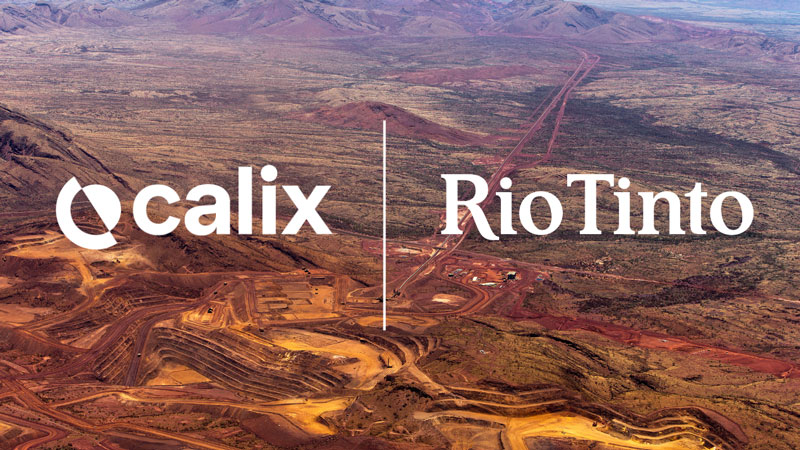Rio Tinto has signed a joint development agreement (JDA) with Australian environmental technology company Calix to support the construction of Calix’s Zero Emissions Steel Technology, or Zesty, demonstration plant in Western Australia.
The move, which could enable Pilbara iron ores to be used in lower-emissions steel making, will be located at a site in Kwinana, south of Perth. That property had previously been earmarked for Rio Tinto’s previously announced BioIron Research and Development Facility and associated pilot plant – a project that will now be paused, the miner said.
“Rio Tinto has determined that the current furnace design for BioIron requires additional development to minimise technical risks and optimise its performance,” officials noted. However, it also added that it remains committed to the long-term potential of BioIron technology, and research and development continue in partnership with the University of Nottingham and sustainable technology company, Metso.
Rio Tinto’s investment in the new project will total more than A$35 million, subject to project milestones and comprised of in-kind and financial contributions, to assist Calix with the Zesty Green Iron Demonstration Plant. The plant additionally has the support of the Australian Renewable Energy Agency (ARENA).
The Zesty process is compatible with lower-grade iron ore and uses electric heating and hydrogen reduction to produce reduced-emissions iron.
Rio Tinto Iron Ore Chief Executive Matthew Holcz said: “The world needs low-emissions steel if it is going to decarbonise, and we continue to look at a range of ways Pilbara iron ores can help to do this as new technologies emerge.
“We’re pleased to partner with Calix, an Australian technology company, to help progress the Zesty technology to be able to use Pilbara iron ores for lower-emissions steel making. In parallel, we’ll keep progressing BioIron with our partners, the University of Nottingham and Metso, to further its potential. Both projects are part of our work to reduce emissions and support the future of iron ore in Australia and the communities that depend on it.”
Western Australian Premier Roger Cook called locally made green iron a “key part of my vision” to emerge as a renewable energy powerhouse and make more things in the state.
“Coupled with my government’s recent announcement that the government will take an ‘if not, why not’ approach to green steel procurement on major government projects, the Zesty Green Iron Demonstration Plant will support our efforts to diversify WA’s economy so that it can remain the strongest in the nation.”
Rio Tinto pointed out that the Kwinana location provides access to established utilities, ports and other infrastructure. It is also near the NeoSmelt facility for potential downstream processing of Direct Reduced Iron (DRI) produced by the Zesty plant. Rio Tinto is one of five companies developing the NeoSmelt project, which earlier this year secured ARENA funding.
Calix also has an A$44.9 million ARENA grant, subject to conditions, for the Zesty Green Iron Demonstration Plant, which it already confirmed previously.
Under the terms of the JDA, Rio Tinto will support the Zesty project to reach a Final Investment Decision (FID) through technical support, engineering services and advocacy.
Subject to FID and successful project construction, Rio Tinto will supply up to 10,000 tonnes of a range of Pilbara iron ores for use in plant commissioning and the initial testing phase of the project, as well as introductions to potential customers for downstream use of the Zesty product.
The partnership enables Rio Tinto to exercise a non-exclusive global and perpetual licence agreement for the potential commercial use of the Zesty technology, sub-licence the technology to its affiliates and customers, and act as a non-exclusive global marketing agent for the Zesty technology.
Source: Rio Tinto

